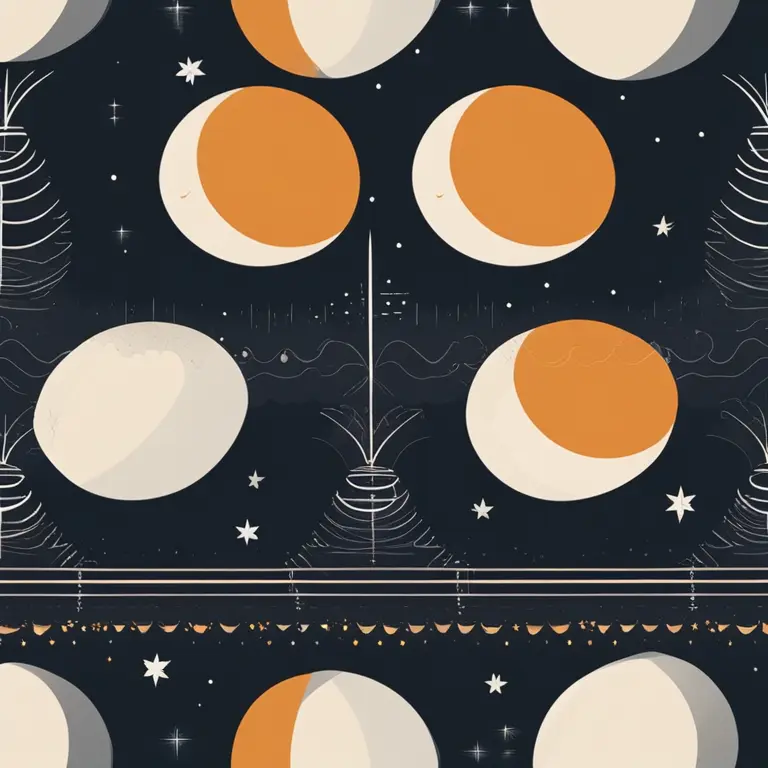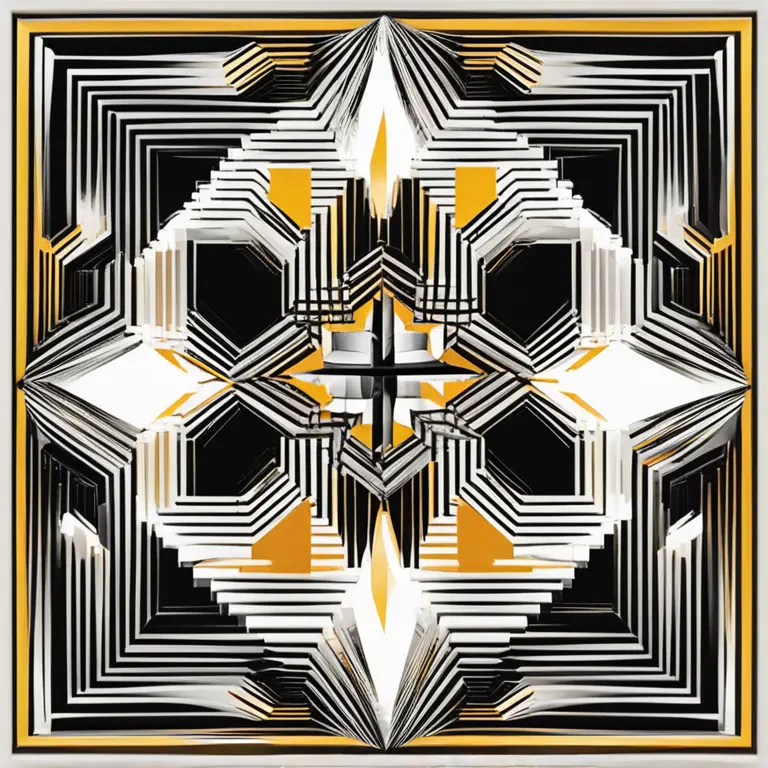
Moon Phases and Menstrual Cycles: Celestial Connections
Discover the intriguing connections between lunar cycles and women's menstrual phases, and how the celestial dance influences biological rhythms.
article by Priya Deshmukh
The Cosmic Cycle Connection
The ancient practice of astrology has long proposed a bond between the heavens and human bodies. This article delves into the compelling correlation between the moon's phases and the menstrual cycle. The moon's gravitational pull not only affects the tides, but it is also believed to influence the rhythms of the human body, with a particular focus on female reproductive cycles. Historically, the lunar month, averaging 29.5 days, remarkably aligns with the average length of a menstrual cycle. An understanding of this celestial connection offers a new perspective on the synchronicity of the natural world.

The Lunar Menstrual Cycle
The lunar cycle is divided into four primary phases: new moon, first quarter, full moon, and last quarter. Each phase lasts approximately 7.4 days, closely mirroring the hormonal fluctuations experienced during the menstrual cycle. Some theories suggest that menstruation commonly occurs during the new moon, when the sky is darkest, and ovulation coincides with the full moon, an era of heightened fertility symbolized by brighter skies. While not all individuals experience this alignment, the potential synchronization of these cycles is a fascinating area of study within astrological and health communities.

Modern Research and Ancient Wisdom
Contemporary scientific inquiries into the connection between moon phases and menstrual cycles have yielded mixed results, with some studies recognizing patterns while others observe no significant links. Despite this, the concept remains a topic of interest both in holistic wellness circles and within the scientific community. Beyond empirical evidence, many individuals draw from traditional knowledge and their personal experiences to recognize the influence of lunar rhythms on their bodies—a blend of art and science that echoes through generations.

The Cycle's Influence in 2024 and Beyond
As we move into 2024, astrologers continue to examine the impact of celestial bodies on personal health. The moon is expected to play a significant role in holistic health trends, and its phases will be increasingly considered in wellness routines. The new emphasis on cosmic wellness encourages individuals to align their personal care with lunar cycles, adding another dimension to self-care and personal growth practices.

Cycles in Harmony
Embracing the moon's influence suggests a cyclical approach to health and wellbeing, recognizing the potential for harmony between one's body and the cosmos. This perspective can transform daily habits and empower individuals in their health journeys. By acknowledging the moon's potential role in our biological rhythms, there is an opportunity to create more attuned, rhythmed lifestyles that resonate with nature's inherent wisdom.
Integrating Lunar Wisdom
As you seek to integrate lunar cycles into your understanding of menstrual rhythms, consider maintaining a lunar diary to track your experiences alongside the celestial shifts. Observe patterns, sensations, and emotional states as they ebb and flow with the lunar tides. Whether or not you find a clear correspondence, the act of observation can lead to deeper self-awareness and a more profound connection with the rhythms of the natural world.
Published: 1/19/2024
Modified: 1/19/2024
More predictions
Come back here soon to learn more about yourself and your future


The Balsamic Moon Phase: Timing and Significance
Learn about the balsamic moon phase, its timing, and what this introspective period means for you in astrology.


The Phenomena of Moon Phase Eclipses
Delve into the captivating phenomena of moon phase eclipses and their astrological significance in this insightful article.


The Moon's Phase & Romantic Relationships
Discover how lunar cycles might influence romantic dynamics and interpersonal connections in this insightful article on moon phases and relationships.